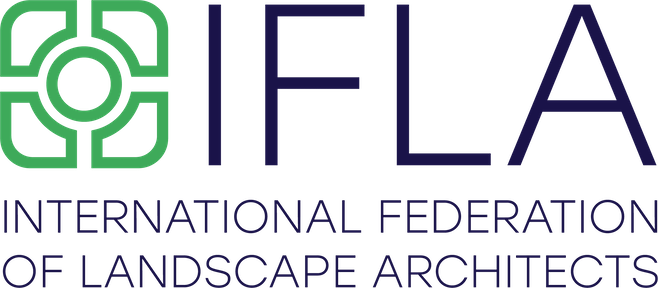Tohoku Post-Disaster Research Meeting with APR
What do we really know about the landscape dimensions of reconstruction works in the aftermath of disasters? Mr Damian Tang, President of IFLA Asia Pacific Region, had the privilege of being invited by Assoc. Prof. Misato Uehara from Shinshu University and Japanese delegate to IFLA to the former disaster site in Tohoku prefecture, stricken by a devastating earthquake and tsunami. The two days of research and knowledge exchange was held in early March, a fruitful trip with some insightful site visits. The invaluable exchanges and understanding of the breadth and depth of reconstruction works undertaken by government agencies, volunteers and the survivors opened up a new chapter of empathy and great admiration for the courage, effort and human spirit expressed by all participants.
Some of the key learning points came from later reflection by Damian on his experiences in Japan. For example:
- Time pressure called for rapid civil engineering solutions, leaving ecological and landscape strategies as secondary considerations. But is that a necessary consequence of a disaster response? If, at a planning stage, ecological buffers are zoned for phase two or later reconstruction, these buffers could possibly act as future tsunami protection by providing first wave breaks and slowing down flow speeds, allowing a prolonged evacuation period especially for elderly people. Buffers could also even offer possible multiple defence lines, using fallen trees for survival buoyancy. There are many uncertainties and also many possibilities. A call for further research is needed in such areas.
- Is a bottom-up planning process important even when time is tight? Yes it is. But it is important to understand the psychological readiness for engagement of these community consultation platforms. As shown in Tohoku case study, victims and survivors want to vent their anger, frustration and sadness at someone. The first two sessions were more about listening, with just a few simple objectives. Subsequent sessions became more collaborative. Simply put, ground-up workshops are about communication and education both ways. It is a time where trust needs to be built before real conversations can be fostered.
- Different municipalities use different methods and have different protocols because they have different resources. What is important is to understand the constraints and see which level can fill the gaps. What can different experts and volunteers lead or contribute in their respective areas?
- Disaster victim recovery stages are critical and choices are important during, for example, resettlement. Some in Tohuku wanted to face the sea again; some just don’t want to see or hear the sounds of waves ever again. This takes planning considerations to a deeper psychological level, which again, Tohoku has brilliantly and successfully undertaken to help the survivors in their progressive recovery.
There are many more findings and learning points from this trip. IFLA APR will be announcing key plans to support more climate change initiatives and resilience building research exchanges on an international level. We may not be able to save the world, but we can positively impact communities.





